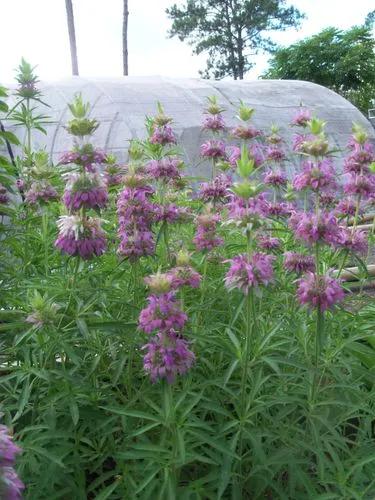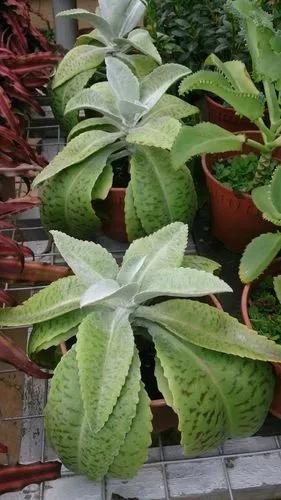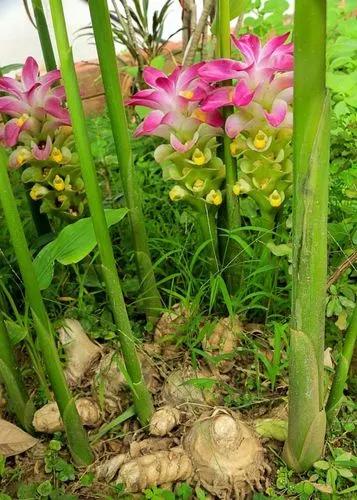Hyacinthoides non-scripta (formerly Endymion non-scriptus or Scilla non-scripta) is a bulbous perennial plant, found in Atlantic areas from north-western Spain to the British Isles, and also frequently used as a garden plant.
Common Bluebell Care
Hyacinthoides non-scripta



Hyacinthoides non-scripta, commonly called English bluebell, is a bulbous perennial that is native to open woodland areas of western Europe including, of course, England. Each bulb produces a small clump of linear, strap-shaped, acute-tipped, basal leaves (3-6 per bulb) from which rises in spring (April-May) a 12-15" tall rigid flower stem topped by an arching terminal, one-sided raceme of 4-16 fragrant, pendant, narrow-tubular, bell-shaped, deep violet blue flowers (each to 3/4" long). Each flower has six petals fused together to form a narrow almost straight-sided bell with slightly rolled back petal tips. English bluebell is very similar to Spanish bluebell except English bluebell has fragrant flowers, arching flowering racemes, and shorter flowering stems.
How to Care for the Plant

Water

Water bulbs well after planting. They rarely need watering when growing in the ground, unless the soil dries out during prolonged dry periods in summer.

Fertilizer

Give them a light feed with a granular general plant food after flowering. Watering with a liquid plant food after flowering and until the foliage starts to die down will help build up their strength and size for the following year’s flowering.

Sunlight

Bluebells are woodland lovers so plant in partial shade, ideally below deciduous trees or shrubs.

Soil

This plant prefers a moist, well-drained soil that is rich in organic matter so add plenty of well-rotted manure, leaf mould or garden compost to the soil prior to planting.

Temperature

The plant can be grown in the areas with the lowest winter temperatures of −26.1°C (−15°F).

Popularity

585 people already have this plant 204 people have added this plant to their wishlists
Discover more plants with the list below
Popular articles






